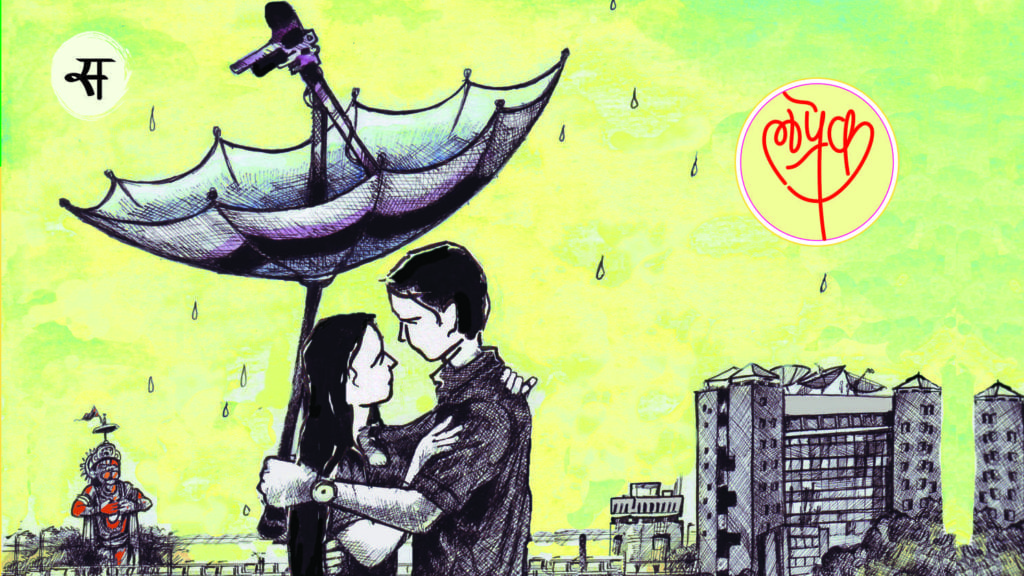
In recent years, our way of consuming literature has changed a lot. Going to a store and buying a book is no longer the only hobby of inveterate readers, also counting on the possibility of acquiring them online, sharing them or reading them from our smartphone.
Luckily, for writers things have also changed thanks to that great library that is the Internet. Options focused on a more democratic literature that include publishing books on Amazon, stories on a blog and, also, concise micro-stories about urban life in the Indian city of Delhi, a genre coined as LaPrek and turned into an experiment that has revitalized the literary habits of Indian letters.
Do you want to know what it is LaPrek literature?
A mandala called Delhi
Journalist Ravish Kumar He took the subway every day from the Hauz Khas neighborhood in the Indian city of Delhi to Noida. During the seventy minute journey, Kumar took the opportunity to read, feeling somewhat strange in a subway where passengers preferred to listen to Bollywood songs than to read books.
At some point Kumar stared at a couple and a simple micro-story on Facebook inspired by the scene was enough to convert the one baptized as LaPrek genre in the latest phenomenon of Hindu literature.
LaPrek, acronym for Laghu Prem Katha (Romantic stories), is a literary genre born in the city of Delhi composed of Romantic short stories written in the Devanagari language and not exceeding 140 characters. These micros began to be published on Facebook by Ravish Kumar throughout 2012 and the success was such among readers that the Rajkamal Prakashan publishing house, one of the most prestigious in India, published a book with all the stories of the journalist until he became in one of the great best sellers from curry country.
In turn, the micros were accompanied by illustrations of daily and romantic scenes in the city of Delhi, which is defined by the author as "a great ocean full of islands." A concept that allows breaking urban and rural barriers in an unequal India, not very fond of reading. A great mandala of contrasts where everyone has access to literature and, most importantly, curiosity, the desire to consume it.
In this way, the LaPrek genre fulfills more than one objective: it stimulates reading habits in accelerated times and encourages those who are not used to them through daily, brief and highly visual stories.
An experiment that confirms the potential of social networks for writers at a time when closeness, speed and reinvention are the three main characteristics of the writer of the 2010's.
Understanding the Devanagari language may be somewhat complicated but, also, what do you think of this idea of urban-brief-close-illustrated-exotic literature?
A.
Thanks Alberto. One question, if one becomes priggish, for example, writing micro-stories of this style on social networks, how do you recommend dealing with the subject of copyright? Greetings
Hello Rafael.
Well, you have two options: 1) Register all the microphones and share them little by little or 2) register each of them. As a third you could include your name and copyright symbol in each publication but there I already do not know the validity.
For both registration options you can use Safe Creative, it is very good and it is free until reaching a certain number of registrations. It is a good way to avoid having to register one by one in the Intellectual Property Registry (and spend a fortune).
Likewise when going to the Registry that all the buses are in the same book, that way you pay for a single work.
Hope it has fit.
A greeting!